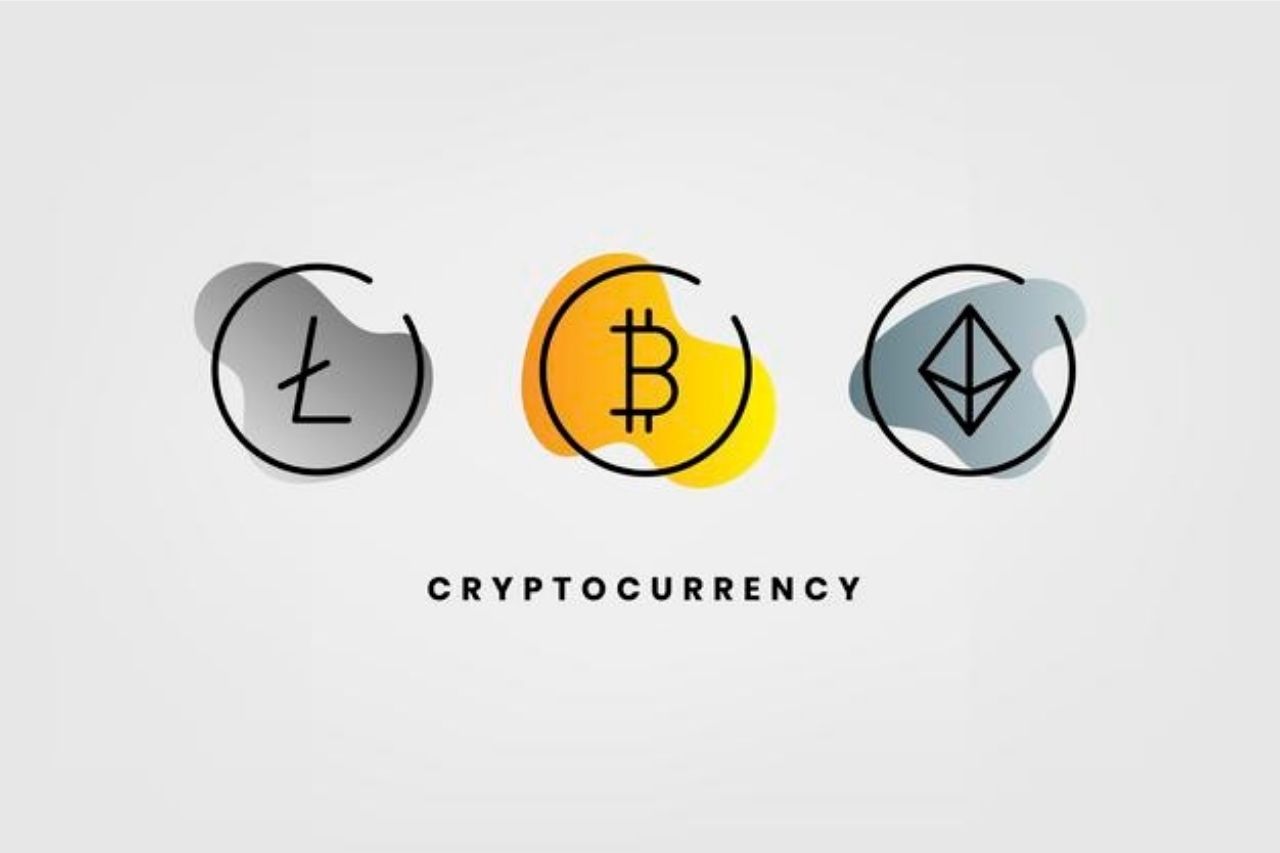An in-depth guide on Stable Coins
A stablecoin is a sort of cryptocurrency whose worth is attached to an external resource, like the U.S. dollar or gold, to balance out the cost.
A “stablecoin” is a kind of cryptocurrency whose worth is fixed to another resource class, like fiat money or gold, to balance out its cost.
Digital forms of money, for example, bitcoin and ether offer various advantages, and one of the most essential isn’t needing trust in a delegate organization to send installments, which opens up their utilization to anybody all throughout the planet. In any case, one key disadvantage is that digital currencies’ costs are capricious and tend to vacillate, frequently fiercely.
This makes them difficult for ordinary individuals to utilize. For the most part, individuals hope to have the option to realize how much their cash will merit in a week, both for their security and their job.
Cryptocurrency’s unusualness comes rather than the by and large stable costs of fiat cash, like U.S. dollars, or different resources, like gold. Upsides of monetary standards like the dollar do change slowly over the long run, yet the everyday changes are frequently more intense for digital forms of money, which rise and fall in esteem routinely.
The accompanying diagram shows the cost of bitcoin: future is here versus the U.S. dollar (USD) contrasted with another fiat cash, the Canadian dollar (CAD to perceive how much every money varies in connection.
Varieties of stablecoin security
Utilizing this structure, stablecoins arrive in a scope of flavors, and the collateralized stablecoins utilize an assortment of sorts of resources as support:
Fiat: Fiat is the most well-known security for stablecoins. The U.S. dollar is the most famous among fiat monetary standards, however, organizations are investigating stablecoins fixed to other fiat monetary standards too, like BiLira, which is fixed to the Turkish lira.
Valuable metals: Some digital forms of money are attached to the worth of valuable metals like gold or silver.
Cryptographic forms of money: Some stablecoins even utilize other digital currencies, like ether, the local badge of the Ethereum organization, as a guarantee.
Different ventures: Tether’s USDT was once expected to be supported 1-for-1 with dollars yet its guarantee blend has moved over the long run, and in a breakdown given in 2021 the organization said almost a large portion of its stores are in business paper, a type of momentary corporate obligation. It has not revealed the guarantors of this paper however guarantees it is totally appraised A-2 or higher (A-2 is the 2nd best grade accessible for a corporate borrower from FICO assessment organizations like Standard and Poor’s). Circle’s USDC, also, records unknown “supported ventures” close by accounts at governmentally safeguarded banks (eminently, it doesn’t say whether the actual records are protected) in its month-to-month revelations.
Do stablecoins have any downsides?
There are a couple of downsides to stablecoins to remember. Due to the way stablecoins are ordinarily set up, they have distinctive trouble spots than other digital forms of money.
On the off chance that the stores are put away with a bank or another outsider, another weakness is counterparty hazard. This reduces to the inquiry: Does the substance truly have the insurance it professes to have? This has been an inquiry regularly presented to Tether, for example, about whether it keeps a genuine 1-1 support between USDT tokens and U.S. dollars.
In the worst possible outcome imaginable, it’s conceivable the stores backing a stablecoin could end up being inadequate to reclaim each unit, possibly shaking trust in the coin.
Digital currencies were made to supplant delegate organizations that are normally entrusted with a client’s cash. By their inclination, mediators have command over that cash; for instance, they are normally ready to prevent an exchange from happening. Some stablecoins add the capacity to stop transactions back in with the general mish-mash.



